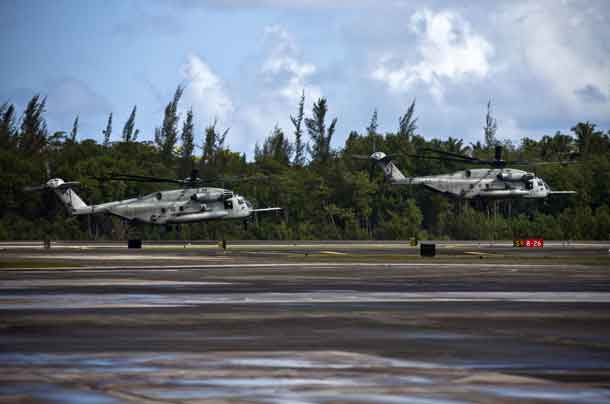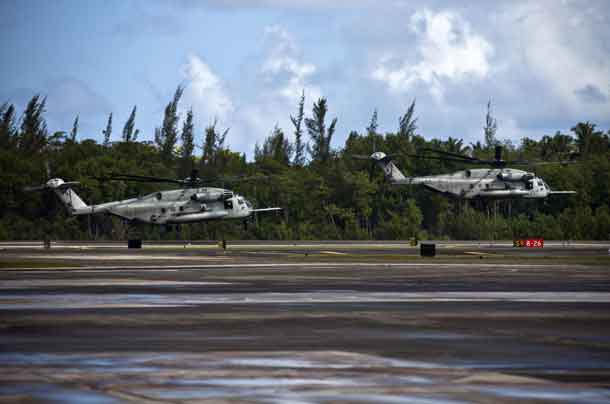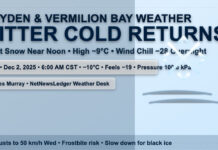

SAN JUAN, Puerto Rico — U.S. service members with Joint Task Force Leeward Islands moved their aircraft from San Juan to Aguadilla, Puerto Rico, yesterday so they can continue their humanitarian assistance and disaster relief mission once Hurricane Maria passes.
At the request of partner nations, JTF-LI deployed aircraft and service members to areas in the eastern Caribbean Sea affected by Hurricane Irma. The task force is composed of Marines, soldiers, and airmen, and represents U.S. Southern Command’s primary response to Hurricane Irma.
The task force is operating two water purification sites in St. Martin to provide potable water to communities on the island impacted by Hurricane Irma. Supporting the mission are JTF-LI’s aviation assets located in Puerto Rico.
“With Hurricane Irma, we watched it move through the Caribbean Sea and the Leeward Islands, and were tasked with providing support to the countries affected by the hurricane,” said Marine Corps Maj. Matthew J. Weaver, commander of the task force’s Marine aviation element.
The aircraft include Marine Corps CH-53E Super Stallion helicopters and Army UH-60 Black Hawk and CH-47 Chinook helicopters. They were positioned in Puerto Rico to provide the task force with lift capability as needed.
“We can provide a well-rounded lift package that covers everything from medical evacuations, heavy and general lift support,” said Army Lt. Col. Dave Morgan, commander of the task force’s Army aviation element.
The helicopters and crew were provided by the Corps’ Special Purpose Marine Air-Ground Task Force Southern Command and the Army’s 1st Battalion, 228th Aviation Regiment, Joint Task , both located at Soto Cano Air Base, Honduras. The two units began training before the hurricane in order to provide a joint ability for this type of operation.
“Back in Soto Cano, we started with of our manning and maintenance, cross-talking in , and going over differences in tactics, and procedures,” said Army Maj. Jake Yanko, the operations officer for the task force’s Army aviation element. “We expect to do a lot of multi-ship flying for all of our humanitarian assistance and disaster relief efforts.”
During the next few days, JTF-LI’s priority will be to ensure that the entire force, including aviation assets, is safe from the storm.
“Now we have Hurricane Maria bearing down on Puerto Rico,” Weaver said. “Our next step is to get our aircraft to a safer place, so we can return quickly and provide the same support to the countries in need.”
Although the helicopters will leave San Juan, the task force will remain in Puerto Rico continue to monitor communications, accurately track people and gear, and maintain command and control during the storm.
Following Maria’s passing, the task force is poised to resume relief operations as soon as possible.






